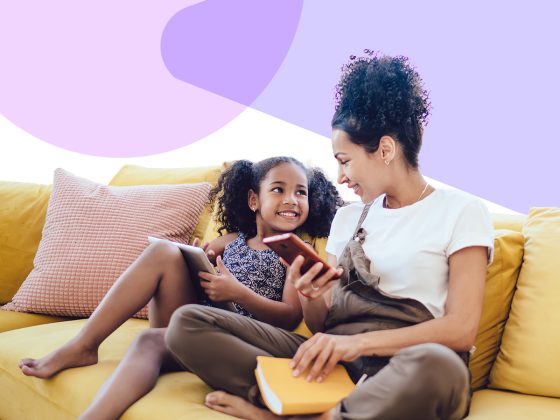
Understanding Digital Well-Being: A Guide for Parents & Caregivers
Digital well-being is about understanding and making choices about media as a part of family life, in order to learn, play, connect, relax, and feel closer to one another.
Digital well-being is about using media in a healthy, mindful way. It’s part of the bigger picture of emotional well-being for children, adults, and the whole family.
It looks different in every family, and it isn’t only measured by how many minutes we spend on our screens each day. Instead, digital well-being is about the ways media and technology can affect our lives in a good way. Especially for families of young children, digital well-being is about understanding and making choices about media as a part of family life… to learn, play, connect, relax, and feel closer to one another.
The more we all understand how digital media affects us, the healthier, and more well-balanced our media use can be. It can be challenging to change habits once they’re formed, so it’s good to set the stage for digital well-being early, as soon as children begin to use media.
Healthy Habits
When considering how to manage children’s (and our own!) digital media use in realistic, healthy, balanced, and safe ways, it can help to think about healthy habits — just like we teach children good eating and sleeping habits. For digital well-being, “habits of mind” can help us create and practice healthy ways of using media.
Habits are the brain’s way of doing things automatically. Adults play an important role in guiding young children to practice healthy habits early in life to give them the best start and avoid problems. Habits that “play to our strengths” and involve what matters to us — like taking care of our bodies and minds by exercising, eating well, and getting enough rest — are habits we celebrate and build upon! These habits grow stronger when we recognize them, cheer ourselves on, and keep at them. And the more we keep them up, the easier and healthier our daily lives become.
Of course, sometimes we need to create new habits, asking ourselves if there are better ways to do things (for instance, we may reflect on ways to help children put down their digital devices without a struggle!). In these moments, we can step back and give new ideas a try. From there, we can start new habits that move us forward.
As you navigate new challenges, the good news is you don’t have to have it all figured out! The resources in this topic offer ways to build these “habits of mind” — habits that lay the groundwork for the wellness of the entire family:
C is for Choices: Create awareness of all the daily decisions we make for ourselves and our children — whether they involve media or not — and the reasons behind them. What do our choices say about what is important to us and how we spend time together?
Notice: Practice becoming aware of how we feel in different situations (whether using media or not) and make choices considering those feelings.
Make Connections: Think about all the ways we as a family connect with one another and with others near and far, and consider how to use media as a tool for bonding, engaging, and staying in touch.
Switch It!: Help children transition from one activity to another, offer options for making transitions smoother, and explore the idea of needs and wants.
ADVISORY BOARD
Megan Jones Bell, PsyD, Director of Consumer and Mental Health, Google
Sara DeWitt, Senior Vice President and General Manager, PBS Kids
Shanika Hope, PhD, Director, Google’s Education for Social Impact
Allyson Jones, MBA, Founder, Influencers for Change; Vice President of National Partnerships and Community Mobilization, National Black Child Development Institute
Vikki Katz, PhD, Professor in the School of Communication, Chapman University; Senior Research Fellow, Joan Ganz Cooney Center, Sesame Workshop
Heather Kirkorian, PhD is a Professor of Human Development and Family Studies, University of Wisconsin-Madison.
Adrián Pedroza, National Executive Director, Abriendo Puertas/Opening Doors
Jenny Radesky, MD, Professor of Pediatrics at the University of Michigan Medical School,
Faith Rogow, PhD, Founding president of the National Association for Media Literacy Education
Bill Tan, Founder, Transcendent Endeavors
D’Andre J. Weaver, PhD, Chief Digital Equity Officer, Digital Promise Global
Ying Xu, PhD, Assistant Professor of Learning Sciences and Technology, University of Michigan
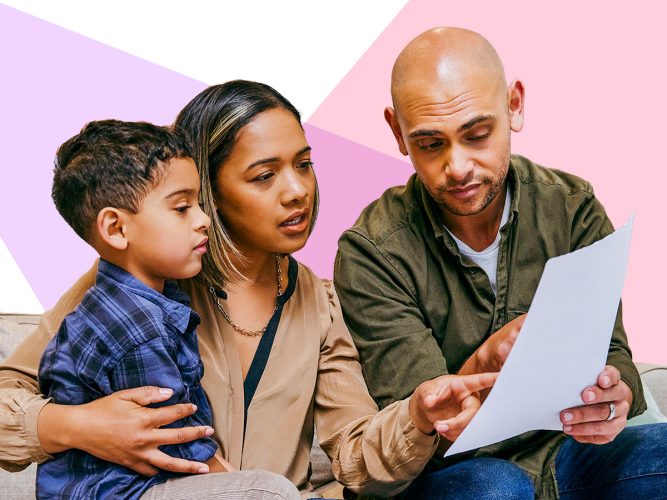
Screen Time & Safety Tips
Information and resources about screen time, online safety for kids, and digital well-being.
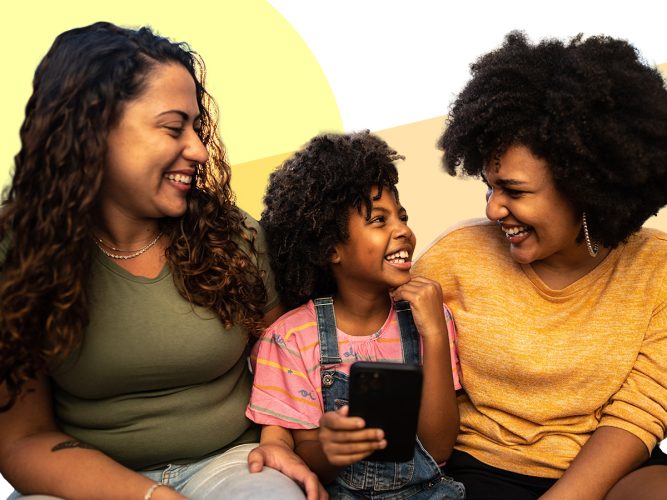
Growth Mindset…for Grown-ups!
Staying positive can help you navigate changes and take on challenges with confidence.
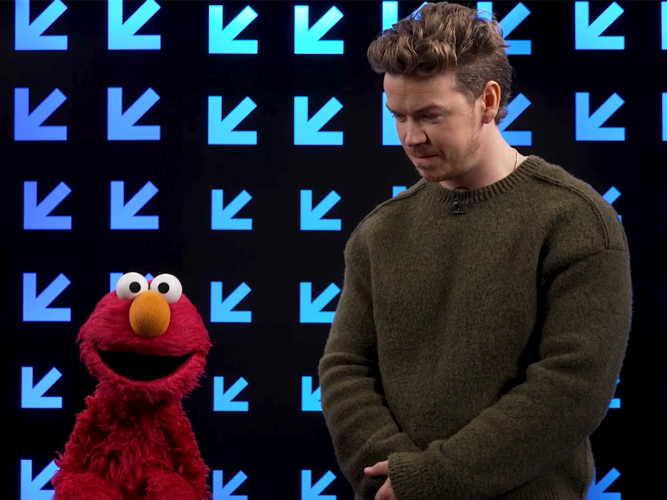
Will Poulter and Elmo: Balancing Screens and Friendship
Elmo and his friend Will Poulter talk about digital well-being!

Snow Day on Sesame Street
A story about the ways screen time can be “together time.”
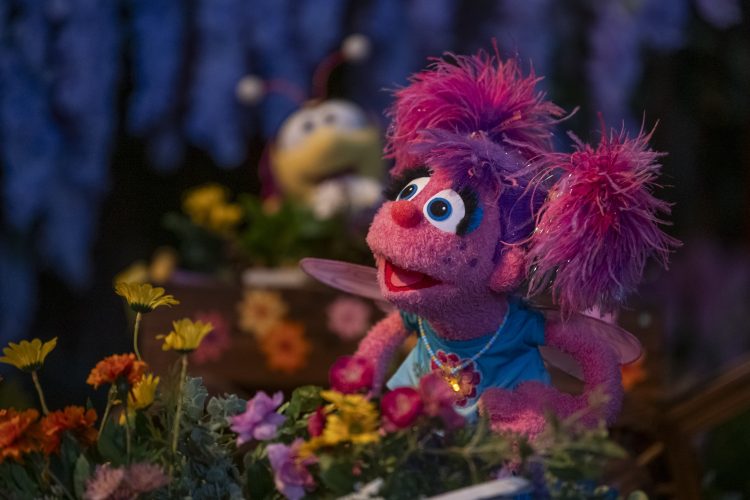
Watch and Play: Abby's Magical Beasties
Watch this episode and explore ways to extend the learning at home.
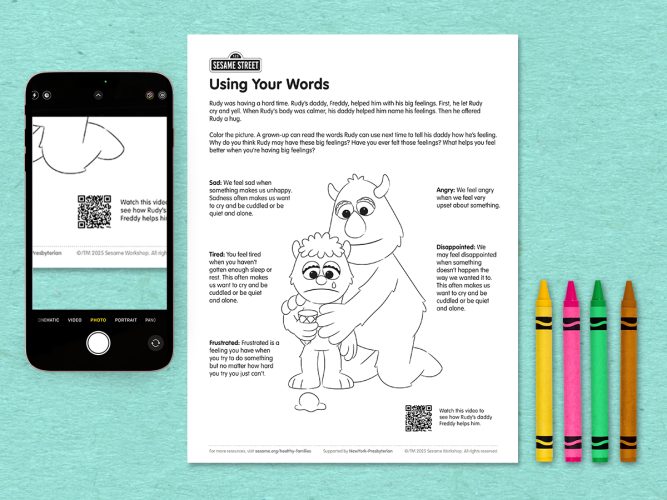
Using Your Words
A coloring page helping children explore words for big feelings.
